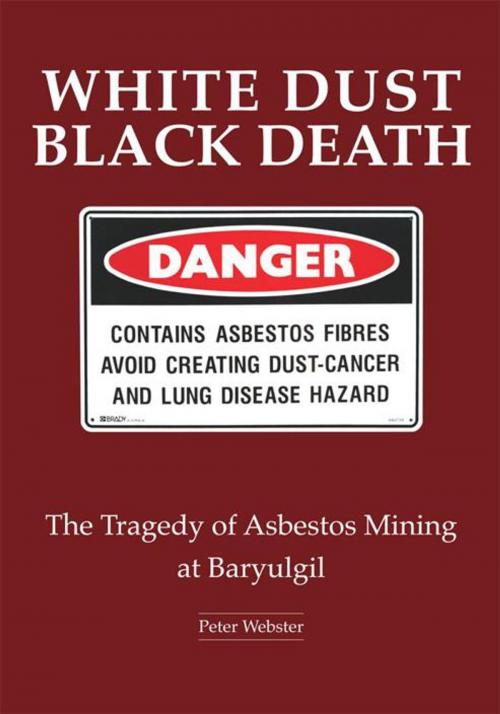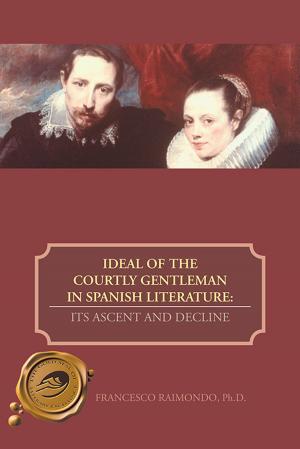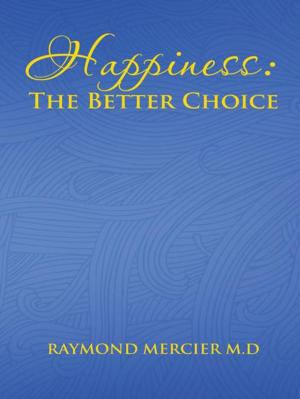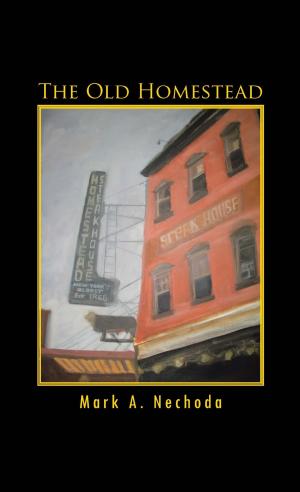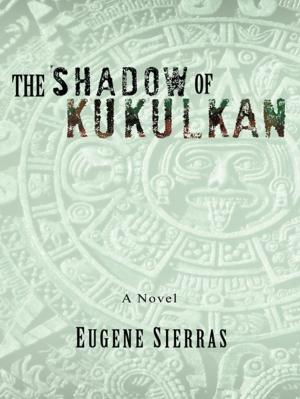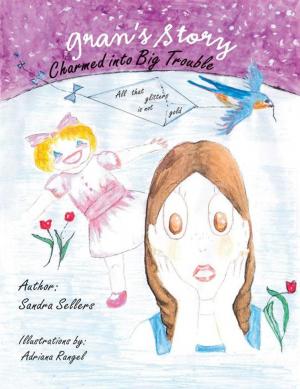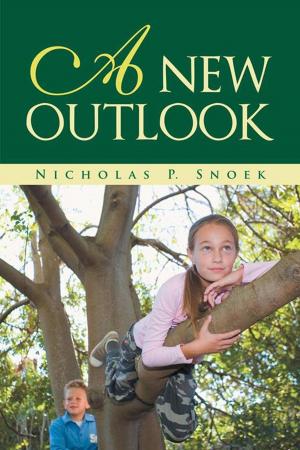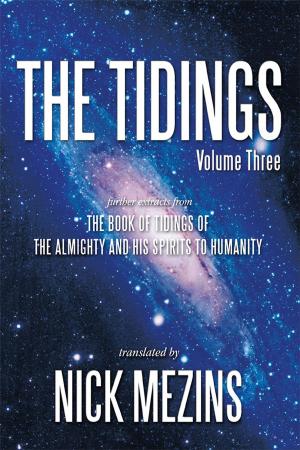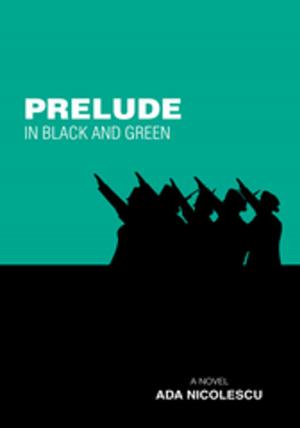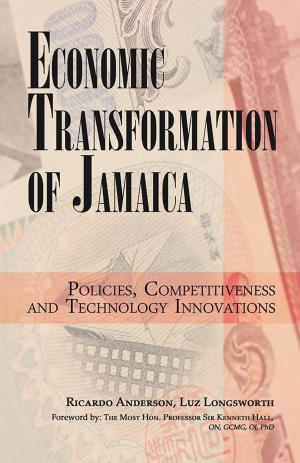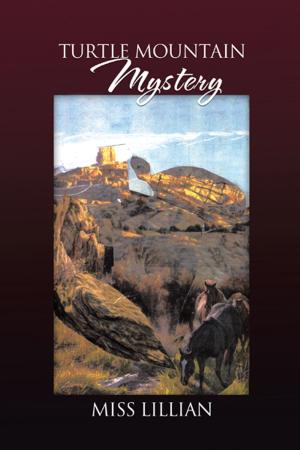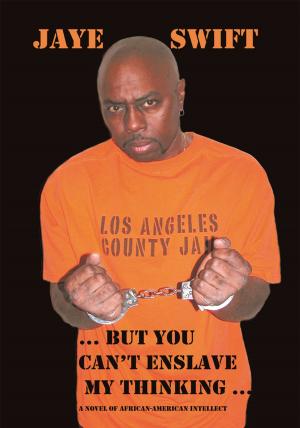| Author: | Peter Webster | ISBN: | 9781412232944 |
| Publisher: | Trafford Publishing | Publication: | November 7, 2005 |
| Imprint: | Trafford Publishing | Language: | English |
| Author: | Peter Webster |
| ISBN: | 9781412232944 |
| Publisher: | Trafford Publishing |
| Publication: | November 7, 2005 |
| Imprint: | Trafford Publishing |
| Language: | English |
White Dust Black Death is primarily focused on the Baryulgil Asbestos Mine (Northern NSW) owned and operated by Asbestos Mines Pty Ltd, a former subsidiary of James Hardie Industries NV. Secondary focus is the cultural interface between the dominant 'white' Australian society and Indigenous Australian cultures. Tertiary focus is upon endemic/institutionalised racism, both black and white.
This book is positioned within cross-cultural and indigenous studies, racial theory and racism, labour studies, history, anthropology and sociology. It is a subjective thesis, examining a common series of threads in a cultural tapestry, which seeks to unite, inform and respectfully interact with Indigenous Australians. It is written in accord with the Japanangka Teaching and Research Paradigm, the creation and vision of the author's late elder (adoptive) brother, Palawa Elder Japanangka Professor E. West.
White Dust Black Death is primarily focused on the Baryulgil Asbestos Mine (Northern NSW) owned and operated by Asbestos Mines Pty Ltd, a former subsidiary of James Hardie Industries NV. Secondary focus is the cultural interface between the dominant 'white' Australian society and Indigenous Australian cultures. Tertiary focus is upon endemic/institutionalised racism, both black and white.
This book is positioned within cross-cultural and indigenous studies, racial theory and racism, labour studies, history, anthropology and sociology. It is a subjective thesis, examining a common series of threads in a cultural tapestry, which seeks to unite, inform and respectfully interact with Indigenous Australians. It is written in accord with the Japanangka Teaching and Research Paradigm, the creation and vision of the author's late elder (adoptive) brother, Palawa Elder Japanangka Professor E. West.
